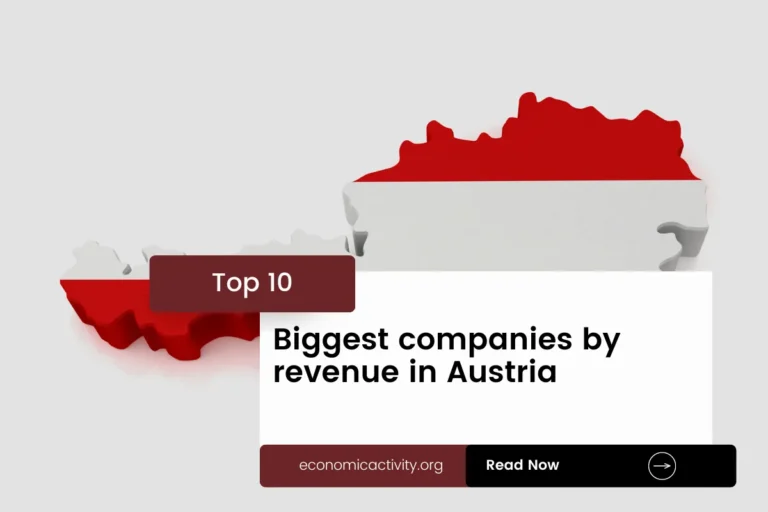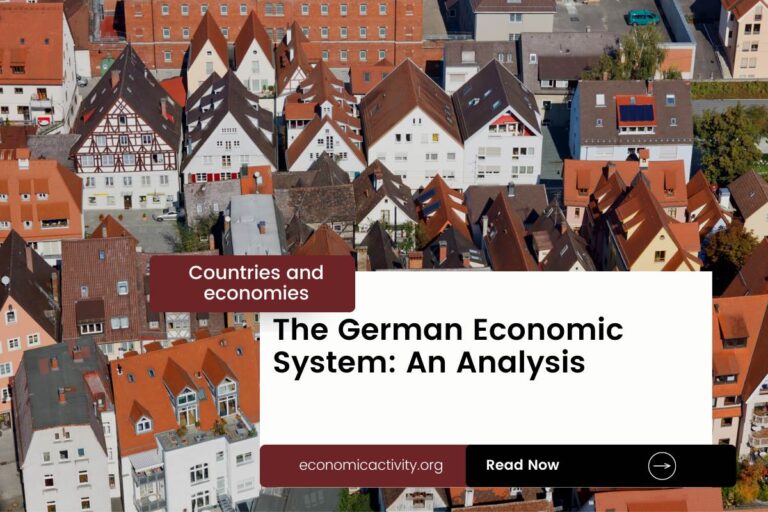Malawi, with a population of 20,405,317, is ranked 59th in the world, just behind the Syrian Arab Republic. Located in southeastern Africa, Malawi covers a total area of 118,480 square kilometers, ranking 95th globally, just below Nicaragua.
Malawi’s economic position in 2022 shows a GDP of $13,164,667,626.94, ranking it 137th globally. It falls behind Rwanda, which has a GDP of $13,311,487,445.07. In terms of GDP per capita, Malawi ranks 178th with $645.16.
It is surpassed by Yemen, Rep., with a GDP per capita of $650.27. Malawi’s economy is striving to improve its position and enhance economic growth to compete more effectively on the global stage.
What are the economic activities of Malawi?
- Primary activities: 28.6% of GDP.
- Secondary activities: 15.4% of GDP.
- Tertiary activities: 56% of GDP.

Primary Sector of Malawi
Malawi’s primary sector, primarily focused on agriculture, thrives due to its favorable climate and abundant natural resources. With 64.17% of the country’s land dedicated to agriculture, Malawi produces a diverse range of crops such as sweet potatoes, cassava, maize, sugarcane, mangoes, guavas, potatoes, tomatoes, pigeon peas, bananas, and pumpkins.
Although agriculture contributes 28.6% to the GDP, it plays a crucial role in providing livelihoods and food security. The variety of crops and animal products highlights the sector’s importance in sustaining the country’s economy and ensuring food self-sufficiency.
The country’s diverse geology provides abundant natural resources. These include limestone for construction, vast arable land for agriculture, hydropower for energy, and unexploited deposits of uranium, coal, and bauxite. These resources play a crucial role in the economy, supporting industries, generating revenue, and fostering economic growth.
Secondary Sector of Malawi
What is the secondary sector or what are secondary activities?
The secondary sector comprises industries that transform raw materials from primary activities into finished products for consumption. In Malawi, industrial products include tobacco, tea, sugar, sawmill products, cement, and consumer goods. These products are manufactured for domestic consumption and export, contributing significantly to the country’s economy and employment.
Manufactures in Malawi’s total exports accounted for only 8.47% in 2023, indicating their limited significance in driving the country’s export economy.
Tertiary sector of Malawi
What is the tertiary sector or what are tertiary activities?
The tertiary sector in Malawi encompasses services where individuals provide knowledge and time to enhance productivity and meet needs. This sector involves intangible goods like advice, attention, and expertise, catering to both consumer and business needs. Key tertiary activities in Malawi include healthcare, education, banking, communication, tourism, transportation, and security services.
Specifically, Tourism plays a vital role in Malawi’s economy. With annual tourist arrivals of 837,000 (2019) in a country of 19 million, popular destinations like Lake Malawi and Liwonde National Park contribute significantly to GDP and employment. Sustainable tourism development is crucial for Malawi’s growth.
Another example of tertiary economic activity is the mobile cellular sector, which boasts over 12 million subscriptions, supporting technological growth by enhancing communication, fostering innovation, and driving digital services.
Military Activities and Economic Sectors of Malawi
The military is a good example of how different economic activities work together. In the primary sector, resources are extracted for military use, like minerals for weapons. The secondary sector focuses on making military equipment, such as vehicles and gear. The tertiary sector includes services provided by the military, while the quaternary sector involves research and development for new technologies. Finally, the quinary sector deals with high-level military decisions and strategies.
In Malawi, the military expenditure in 2023 is 135.3 million US dollars, which is 0.63% of the country’s GDP. The active military force has 10,700 personnel, resulting in 0.8 active military members for every 1,000 people in the country.
Biggest company in Malawi
Which is the biggest company in Malawi? The largest company is MCB Group, valued at 1.7 billion USD. It operates in the banking industry, part of the tertiary sector, which focuses on services. MCB Group was founded in 1982, providing essential financial services in the region.
International Trade of Malawi
Import Activities of Malawi

Malawi’s import activities are crucial, accounting for 23.86% of GDP, totaling $3.14 billion in 2023.
Malawi’s import activities are diversified, with key partners including South Africa, China, UAE, India, and Kuwait. Major imported commodities include refined petroleum, fertilizers, crude petroleum, packaged medicine, and plastic products.
Exports Activities of Malawi

Malawi’s total exports in 2023 amounted to 965,509,352.191. With exports contributing to 7.33% of the GDP, it indicates a low importance level for the country’s economy.
Malawi’s export activities are diverse, with key partners like the UAE, Belgium, Tanzania, Kenya, and South Africa. The country primarily exports tobacco, gold, tea, ground nuts, and dried legumes.
Malawi economy challenges in 2024
In 2024, Malawi faces challenges with urban poverty due to COVID-19, high public debt, corruption, and weak property rights. The country’s hydroelectric grid and pharmaceutical industry are struggling, hindering economic growth.




Leave a Reply